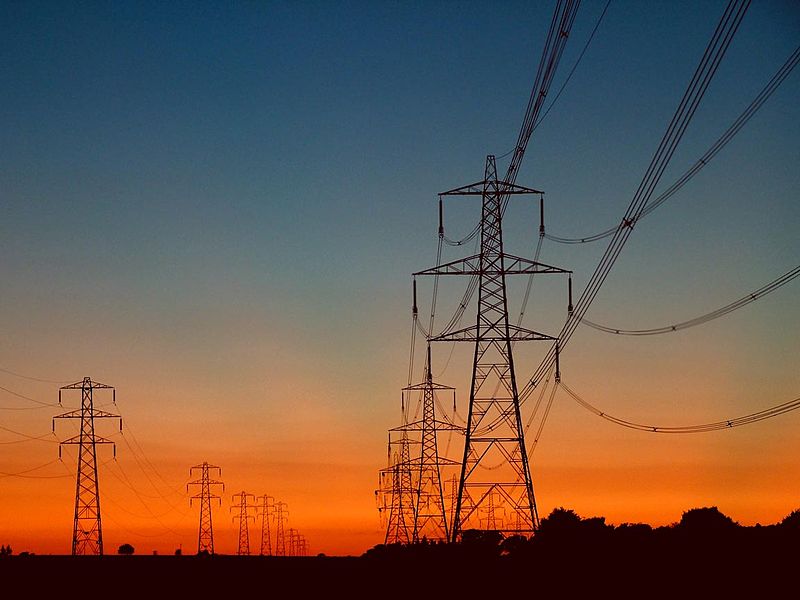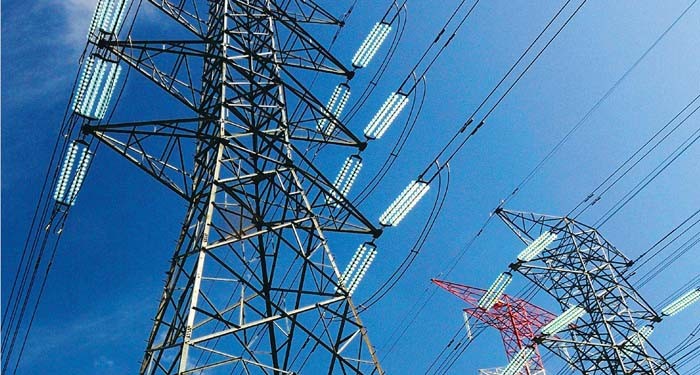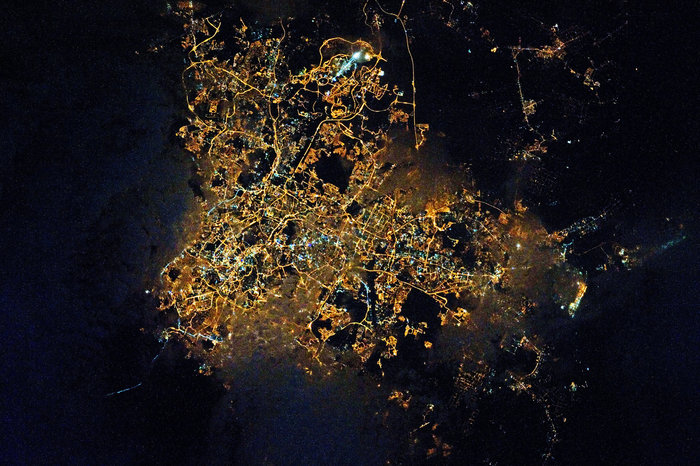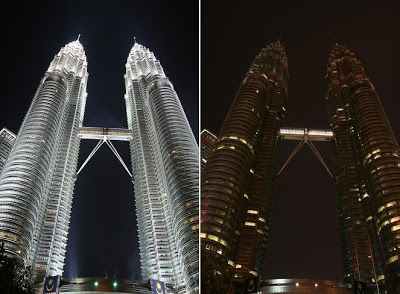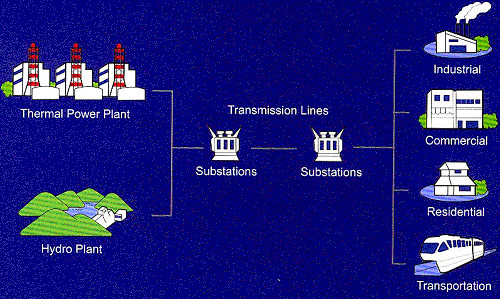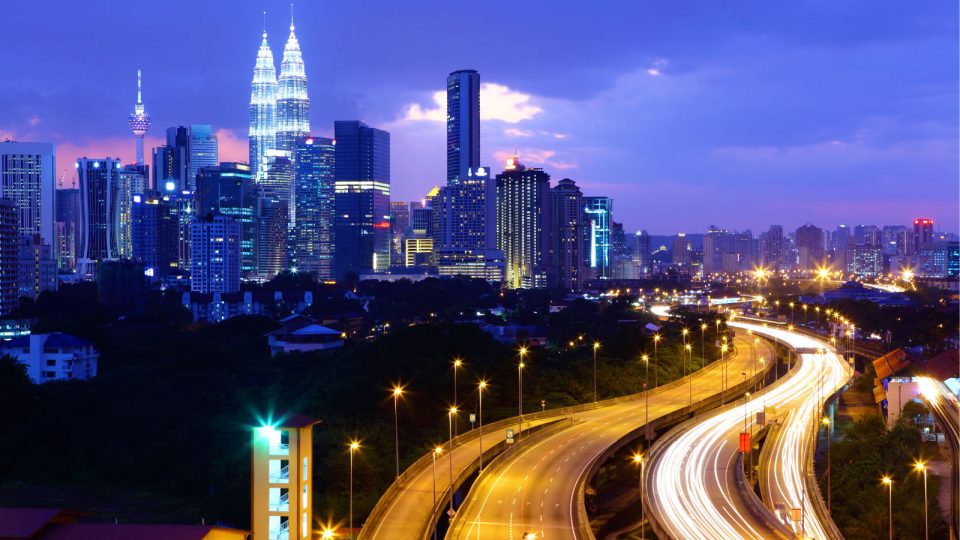You've Probably Seen This Around But Have No Idea What It's Called Or What It Does
Well, it's actually part of something much bigger.
If you've ever driven on the North-South Expressway, you've probably seen these structures along the highway
Besides palm trees, paddy fields, and the occasional cow, these structures are probably the next interesting object to use when playing, "I spy with my little eye, something that looks like a clothing hanger."
And you vaguely know what it does—it transmits electricity
These structures are actually known as transmission lines, and they carry large amounts of electricity across long ranges.
But you probably didn't know that these transmission lines are part of something bigger—the National Grid, which is the network that lights up the whole of Peninsular Malaysia
In short, the National Grid carries electricity across 23,000km in Peninsula Malaysia, lighting up your homes, offices, and factories. Without it, each area would have to rely on its own generator or power plant to get electricity.
The National Grid is run by Tenaga Nasional Berhad (TNB), whereas the grids in Sabah and Sarawak are operated by Sabah Electricity Sdn Bhd (SESB) and Sarawak Energy Berhad (SEB).
What's even cooler is that TNB has been working on a Grid Superhighway since 2015 that will make our electricity supply even more robust and efficient
This means we’ll continue to enjoy no major blackouts since 2005. And even if we do have one, the Grid Superhighway will make it much faster for us to get the lights back on. Ultimately, it will help provide a sufficient and stable supply of electricity throughout Peninsular Malaysia all day and all night long.
The funny thing is that most of us don't even think about electricity until we have a problem. At the very least, we should know where our electricity comes from:
1. Energy needs to be generated at a power plant
Before having electricity delivered to your homes, it needs to be generated. Usually, this process takes place at a power plant by converting resources like coal, gas, hydro, solar, and wind into electrical power.
2. The electrical power is carried via transmission lines to substations throughout the country
Transmission lines carry high voltages of electrical power from power plants to transmission substations across Peninsular Malaysia. Once the electrical power reaches substations, the voltage is reduced significantly before being carried to the end user. There are more than 488 transmission substations scattered across the 11 states in Peninsular Malaysia, all to supply our daily electrical needs.
3. From more than 89,000 distribution substations, electricity is spread out to individual locations through distribution power lines
Chances are, you see distribution power lines every day. They are everywhere, hanging across poles beside your homes. And the main difference it has from transmission lines is that distribution power lines carry a lower voltage. By the time it reaches neighbourhoods, the voltage is down to 240 volts, safe for home use.
Since 2015, TNB has been working on several 500kV projects, which will eventually form the Grid Superhighway
Also known as Peninsular Malaysia's 500kV Backbone, this grid would see 5 major power plants, having a combined generating capacity of 13GW, transporting the power generated to high density areas like Kuala Lumpur, Selangor, and Negeri Sembilan.
These plants include:
- Janamanjung, Perak: 4100MW
- Jimah East Power, Negeri Sembilan: 2000MW
- Jimah Energy Ventures, Negeri Sembilan: 1400MW
- Edra Power, Melaka: 2242MW
- Tg Bin, Johor: 3100MW
Expected to be fully completed in 2021, the Grid Superhighway project will be the core of our National Grid linking important nodes of Ayer Tawar – Bentong – Lenggeng – Yong Peng – Bkt Batu – Tg Bin.
